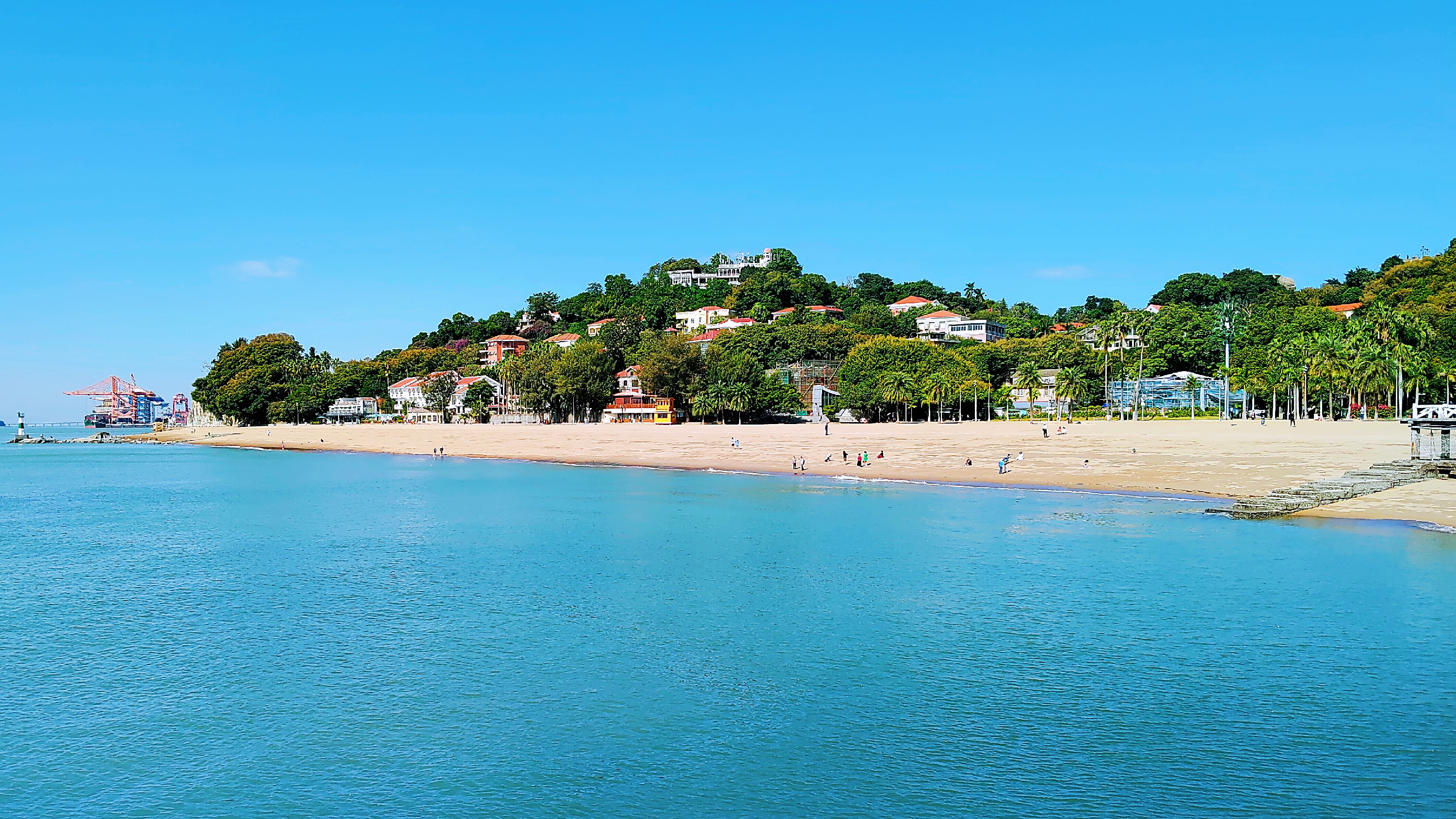
Gulangyu Island is located in the southwest of Xiamen City, Fujian Province, separated from Xiamen Island by the sea. With an area of approximately 1.88 square kilometers, it is a sea garden with rich historical and cultural heritage. The island gets its name from a 2-meter-high reef with a cave on the southwestern beach. When the tide rises, waves hitting this reef produce a drumming sound, hence the name "Gulang Stone" (Drum Wave Stone) and subsequently "Gulangyu" (Drum Wave Island).
Gulangyu has a long history with human activities dating back to the Song Dynasty, and settlements began to form during the late Ming and early Qing dynasties. After Xiamen was opened as a trading port in the mid-19th century, Gulangyu gradually became an important location for Western powers to establish consulates, open foreign firms, and build churches and schools. Eventually, 13 countries set up consulates here, creating a unique historical landscape of multicultural integration.
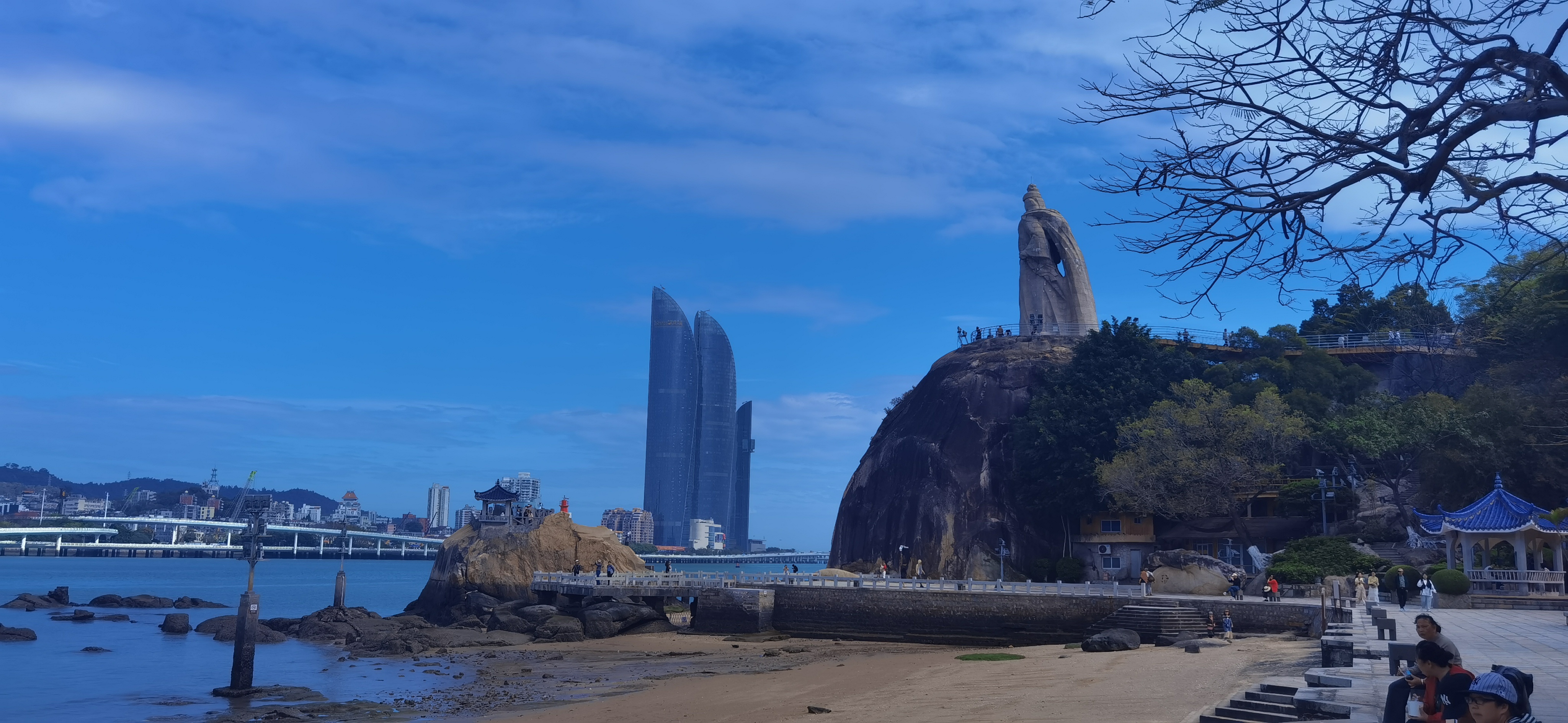
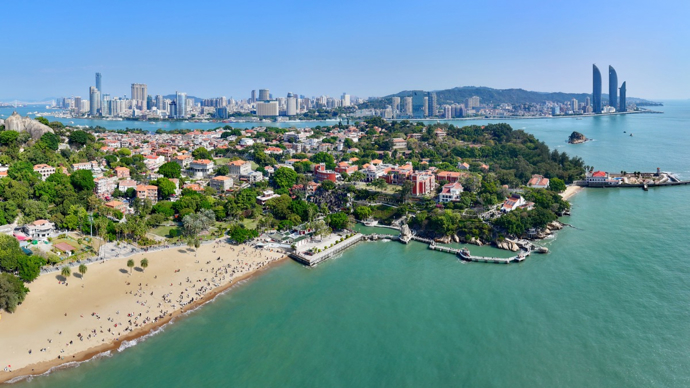
Gulangyu enjoys the reputation of being a "World Architecture Expo" due to its well-preserved buildings of various Chinese and foreign styles. The island now retains 931 historical buildings, integrating Minnan traditional architecture, Chinese-Western hybrid architecture, and Western-style architecture. On July 8, 2017, "Gulangyu: International Historical Community" was inscribed on the World Cultural Heritage List, becoming China's 52nd World Heritage Site.
In addition to its rich architectural heritage, Gulangyu is also renowned for its profound musical culture, known as the "Piano Island" and "Hometown of Music." The island once had nearly 500 pianos, with the highest per capita ownership of pianos in China, and produced many famous musicians. Today, Gulangyu still maintains a peaceful environment without motor vehicles. Walking through the island, visitors can admire historical buildings while experiencing the rich cultural atmosphere.
Though small, Gulangyu boasts numerous attractions worth visiting, from historical buildings to natural landscapes, from cultural venues to characteristic streets. Each place exudes unique charm, showcasing the diverse cultural heritage of this sea garden.
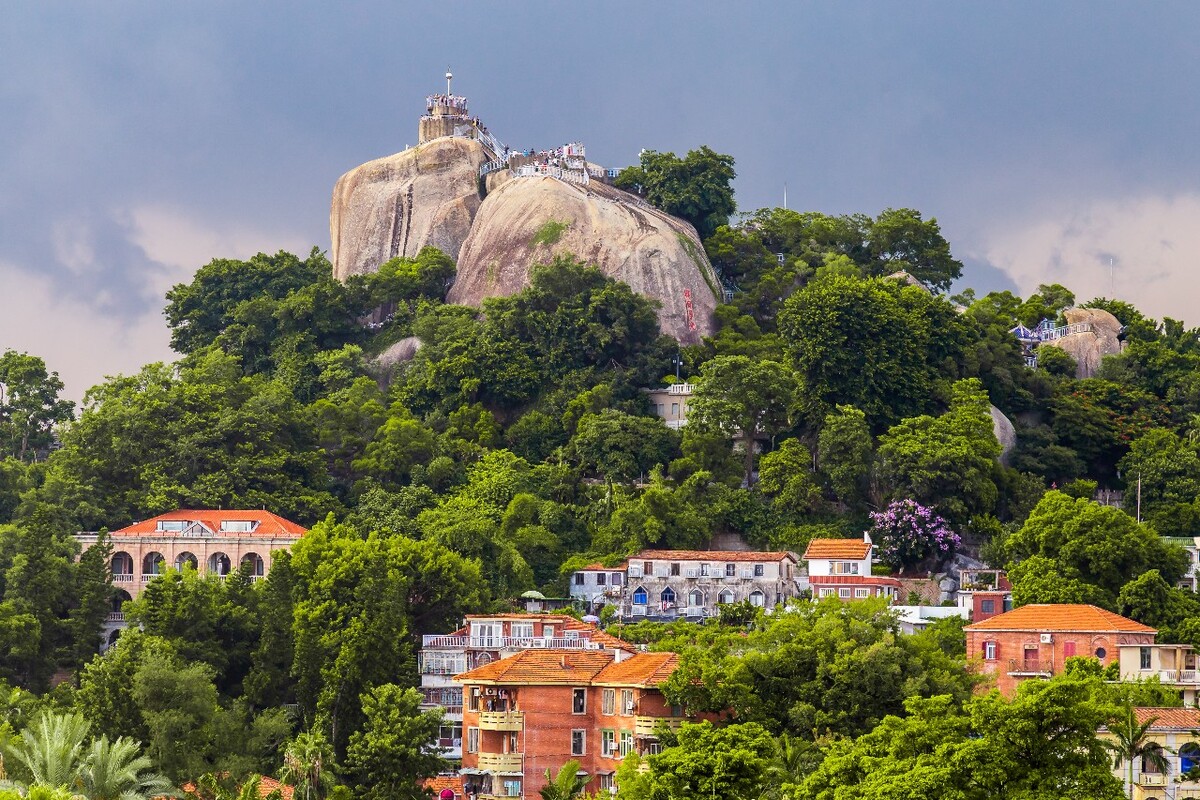
The highest peak of Gulangyu, at 92.7 meters above sea level, it is the best location to overlook the panoramic view of Gulangyu and Xiamen Island. There are remains of naval drills by national hero Zheng Chenggong and several stone inscriptions on the mountain.
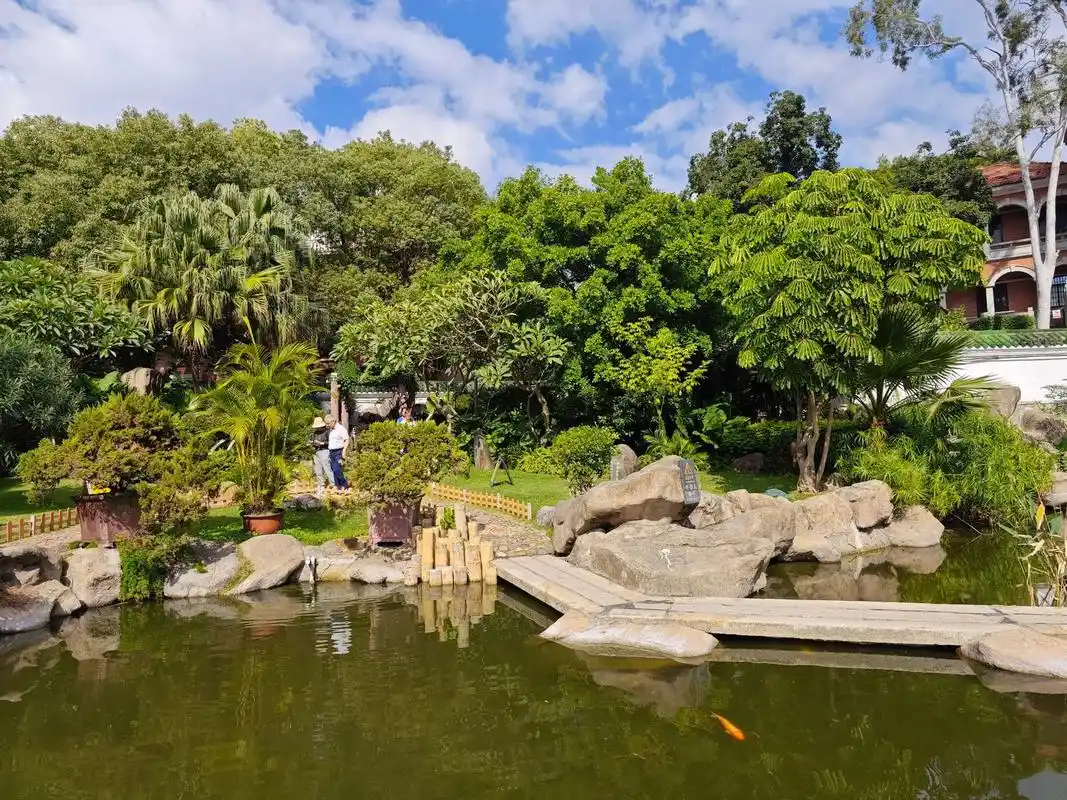
Built in 1913, the garden cleverly utilizes the natural terrain with its unique "hiding the sea" design that integrates the ocean into the garden. The 44 Bridge and Twelve Caves are main highlights, and there is also a Piano Museum within the garden.
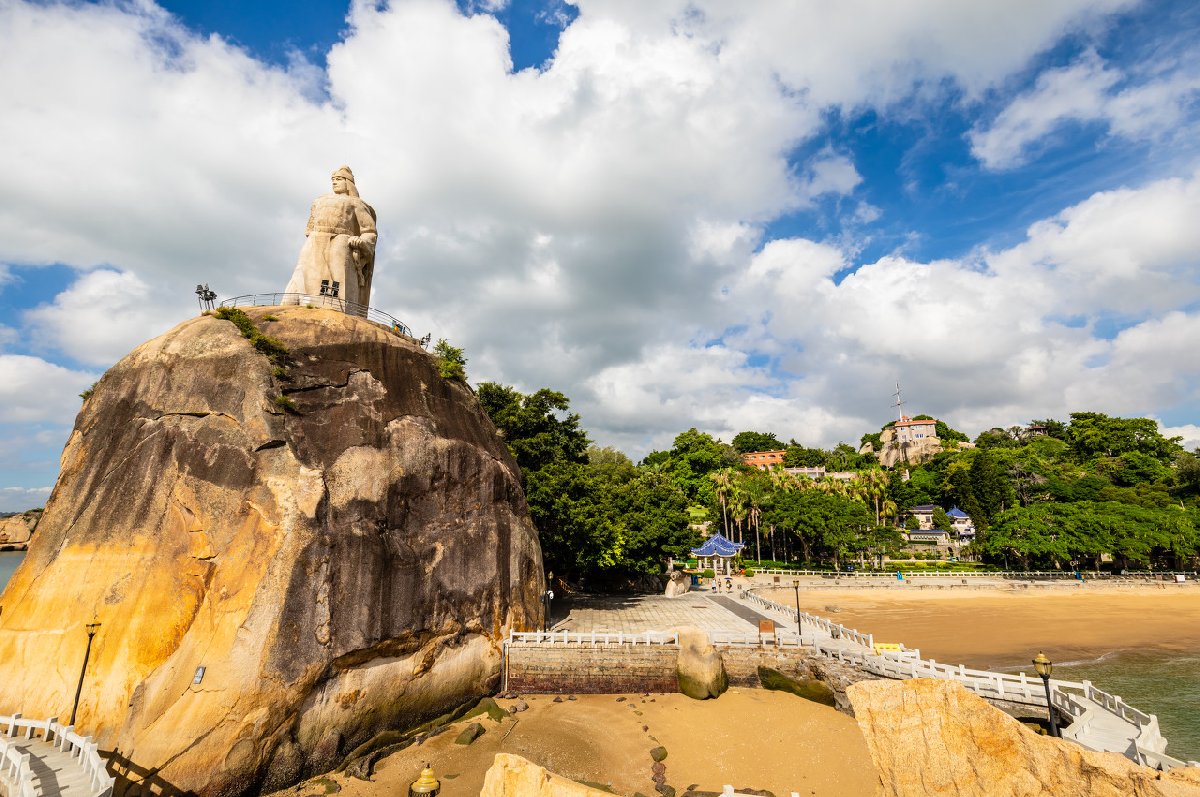
A memorial garden themed around national hero Zheng Chenggong, featuring a 15.7-meter-tall statue of Zheng Chenggong, which is one of the iconic landscapes of Gulangyu. It offers views of Xiamen Harbor and Dadan, Erdan Islands.
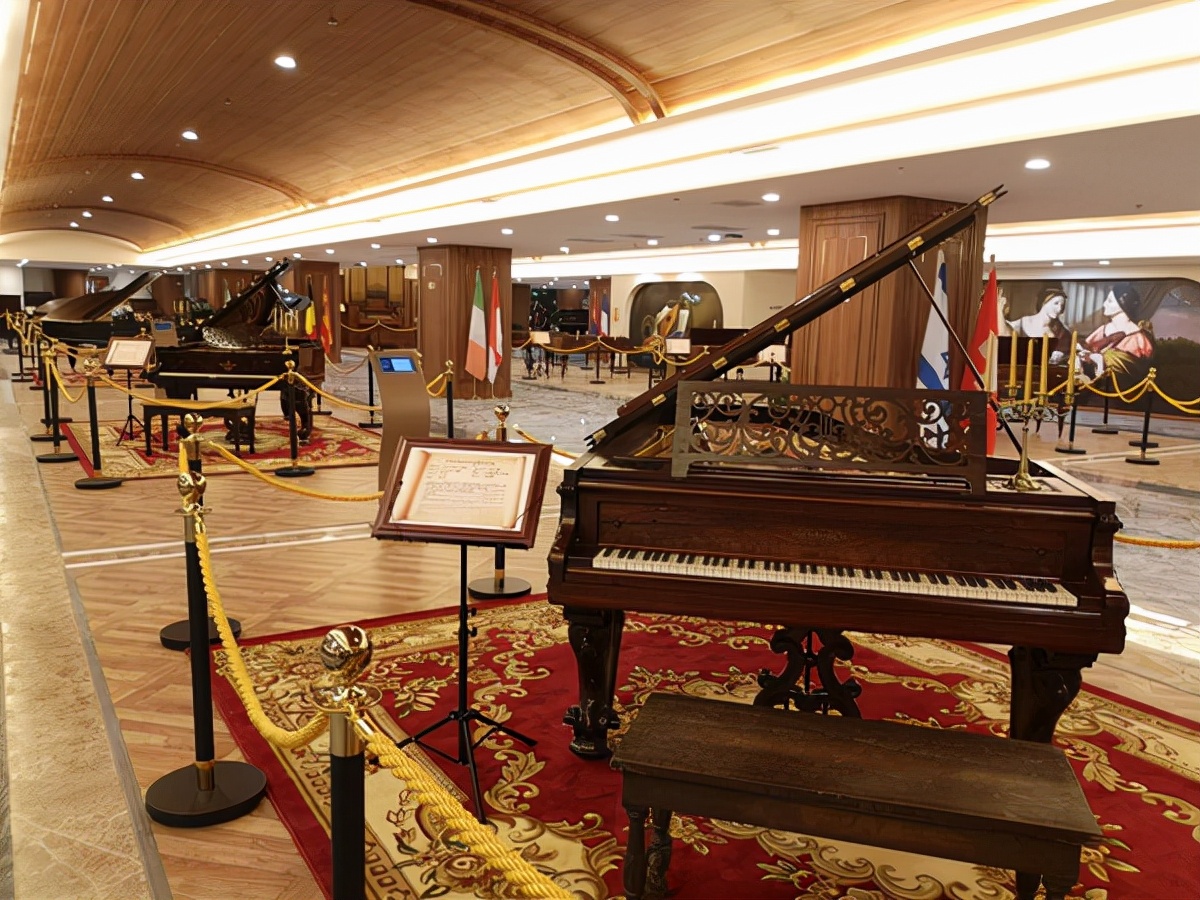
Located in Shuzhuang Garden, it has two exhibition halls and houses dozens of antique pianos, including those from the first half of the 19th century. Regular piano recitals are held to showcase Gulangyu's musical culture.
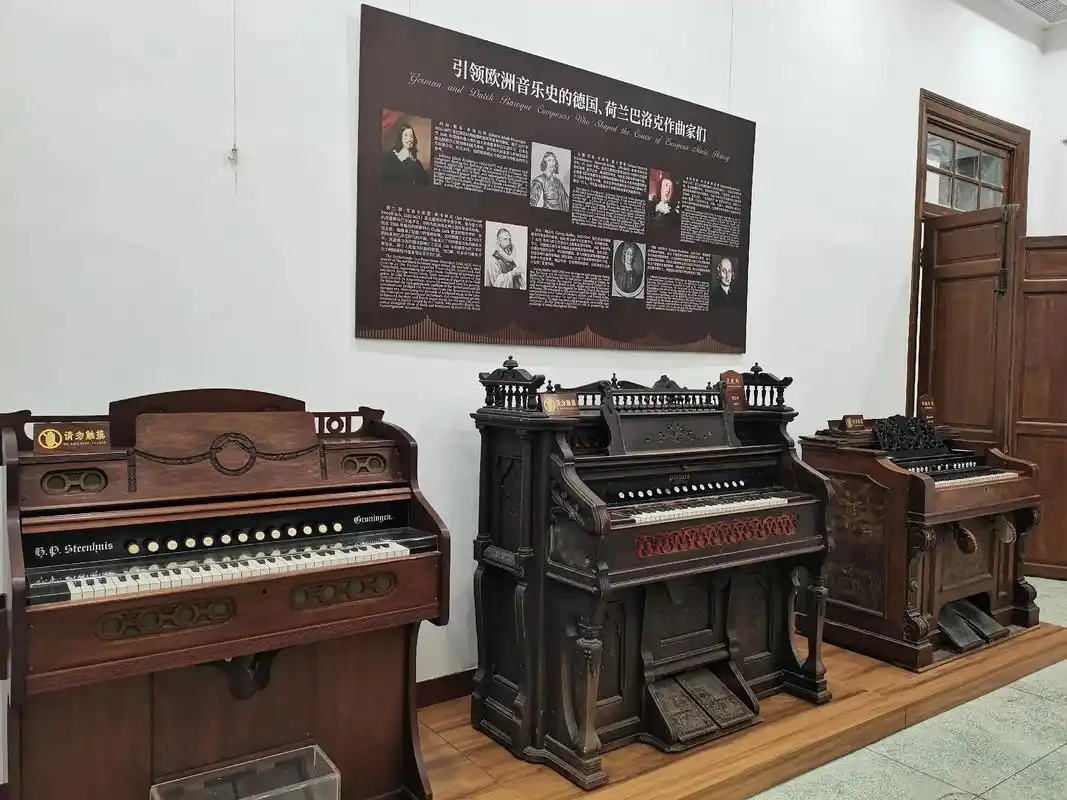
Located in the Eight Diagrams Building, it is currently China's only organ museum, collecting various styles of organs. The largest one is a giant pipe organ produced in 1909, with regular performances held weekly.
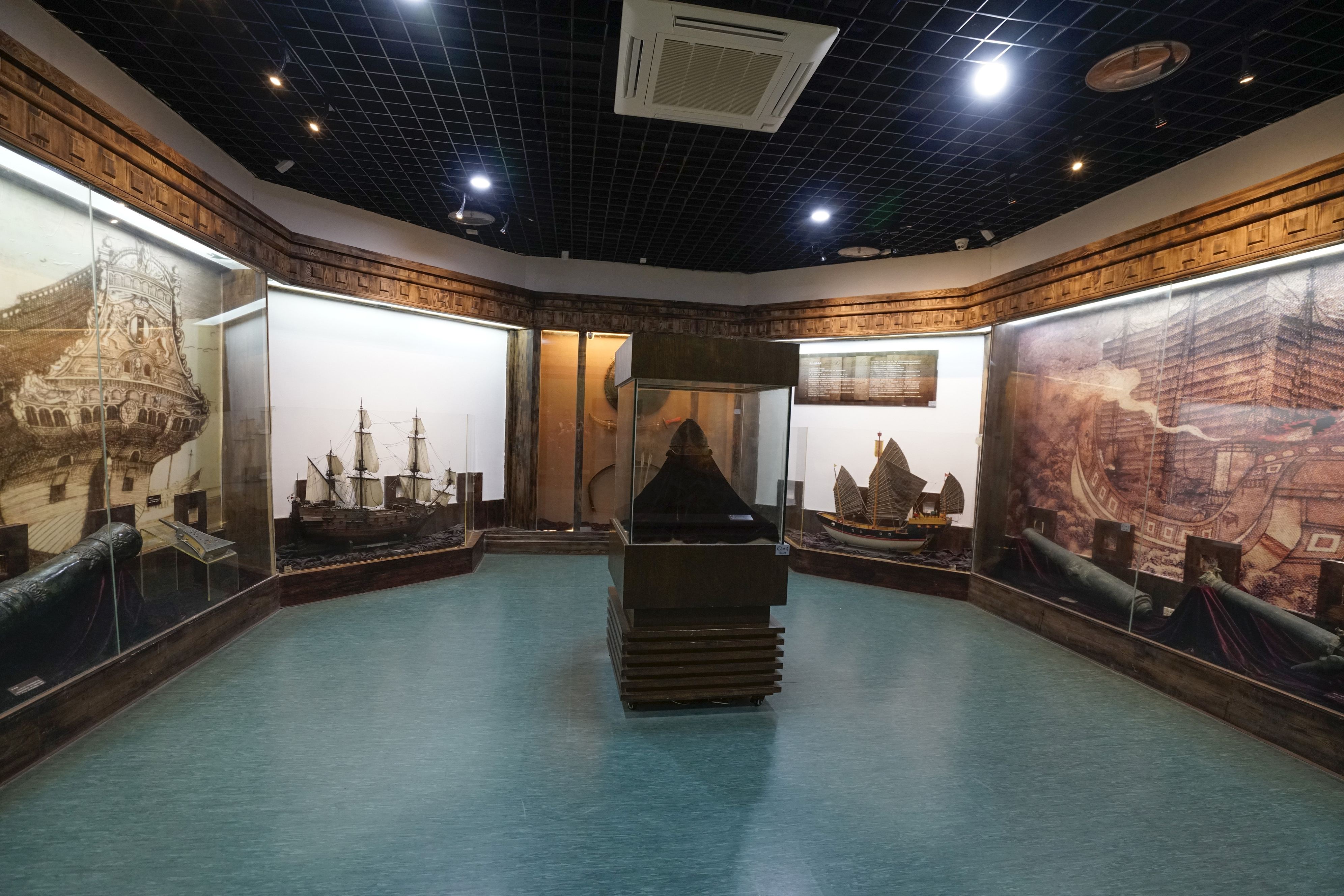
Located on Shengqi Mountain, it systematically introduces Gulangyu's development from ancient times to the present through rich cultural relics, photos, and multimedia displays, showcasing its unique historical and cultural value.
The architecture of Gulangyu is one of its most distinctive features. The island preserves a large number of historical buildings from the late 19th to early 20th centuries, integrating Chinese and Western architectural styles to form a unique architectural landscape. These buildings witness Gulangyu's history as an international community and reflect the exchange and integration of different cultures.
Gulangyu has a profound musical tradition and is known as the "Piano Island" and "Hometown of Music." This tradition originated from religious music brought by Western missionaries in the late 19th century and gradually developed into a unique musical culture that nurtured many outstanding musicians.
The Piano Museum and Organ Museum on the island collect a large number of precious antique keyboard instruments, witnessing the prosperity of Gulangyu's musical culture. To this day, Gulangyu still maintains a strong musical atmosphere, regularly holding various musical activities, and many residents have musical hobbies, forming a unique community culture.
In 2017, Gulangyu was inscribed on the UNESCO World Cultural Heritage List. Its value is mainly reflected in the following aspects:
| Gulangyu Scenic Area | Open 24 hours (ferry required) |
| Sunlight Rock | 7:30-17:30 (summer) |
| 7:30-17:00 (winter) | |
| Shuzhuang Garden (including Piano Museum) | 8:00-17:30 (summer) |
| 8:00-17:00 (winter) |
| Island Ferry Ticket (round trip) | ¥35-50/person (depending on pier) |
| Sunlight Rock | ¥60/person |
| Shuzhuang Garden | ¥30/person |
| Haoyue Garden | ¥15/person |
| Combo Ticket (including main attractions) | ¥90/person |
* Discount policy: Children under 1.2m, seniors over 65, disabled persons, etc. can enjoy free or discounted tickets with valid certificates
Gulangyu Island, Siming District, Xiamen, Fujian Province
Approximately 1.88 square kilometers
Approximately 20,000 (permanent residents)
World Cultural Heritage, National AAAAA Tourist Attraction
July 8, 2017
931
Spring and Autumn (April-May, October-November)
Approximately 10 million
Named after a reef on the southwestern part of the island. When the tide rises, waves hitting this reef produce a drumming sound, hence the name "Gulang Stone" (Drum Wave Stone), from which the island gets its name.
Became an "International Settlement" in 1903, with 13 countries establishing consulates here. It was one of the earliest open areas in modern China.
Home to China's earliest piano school and music college, nurturing famous musicians such as Zhou Shuan, Lin Junqing, and Yin Chengzong.
The island has a vegetation coverage rate of over 40%, with various plants such as banyan trees, flame trees, and acacia trees, truly living up to its name as a "Sea Garden."
Mainly featuring Minnan flavors, including satay noodles, oyster omelets, earthworm jelly, fish ball soup, and specialty pastries such as Miss Zhao's Store and Huang Yuantang pineapple cakes.